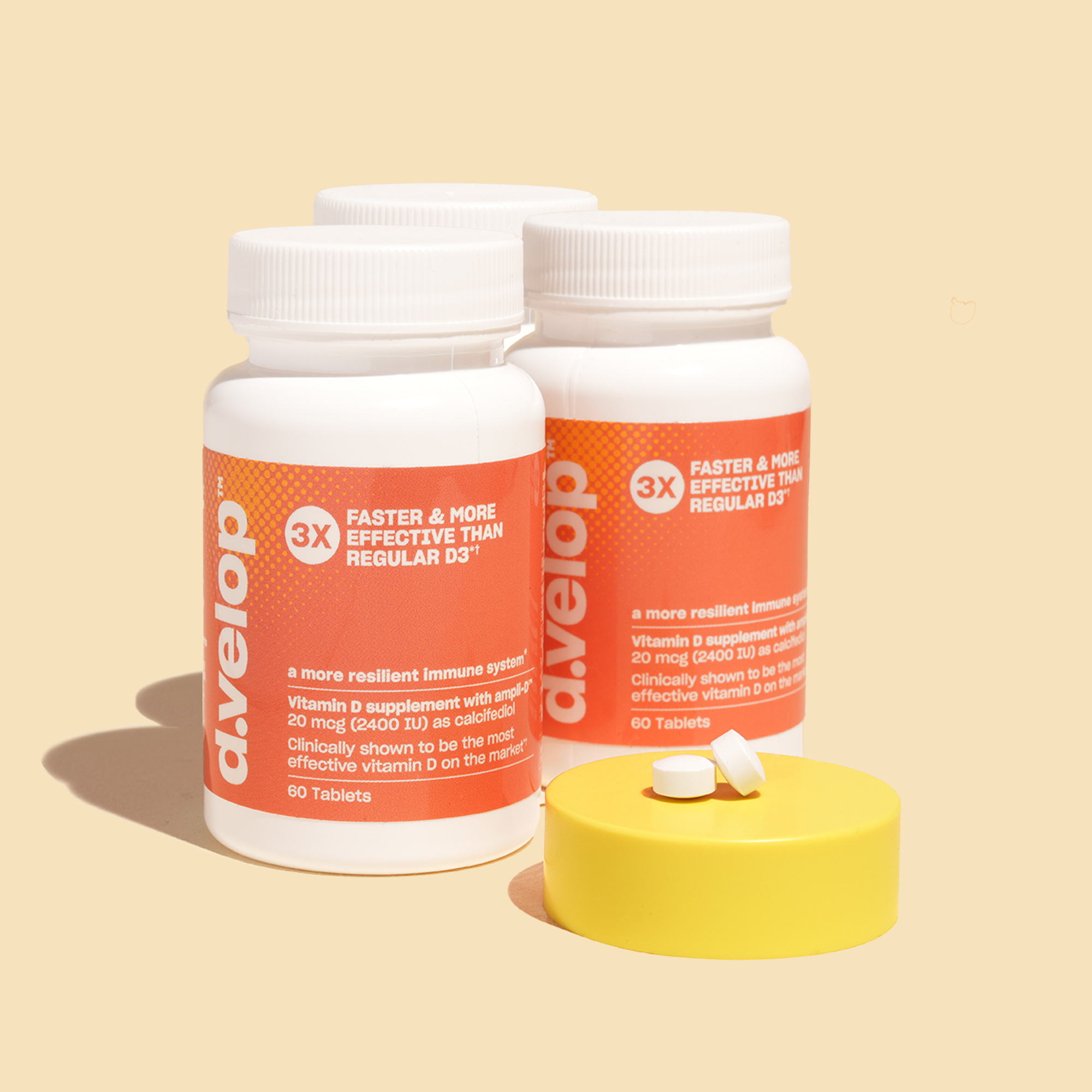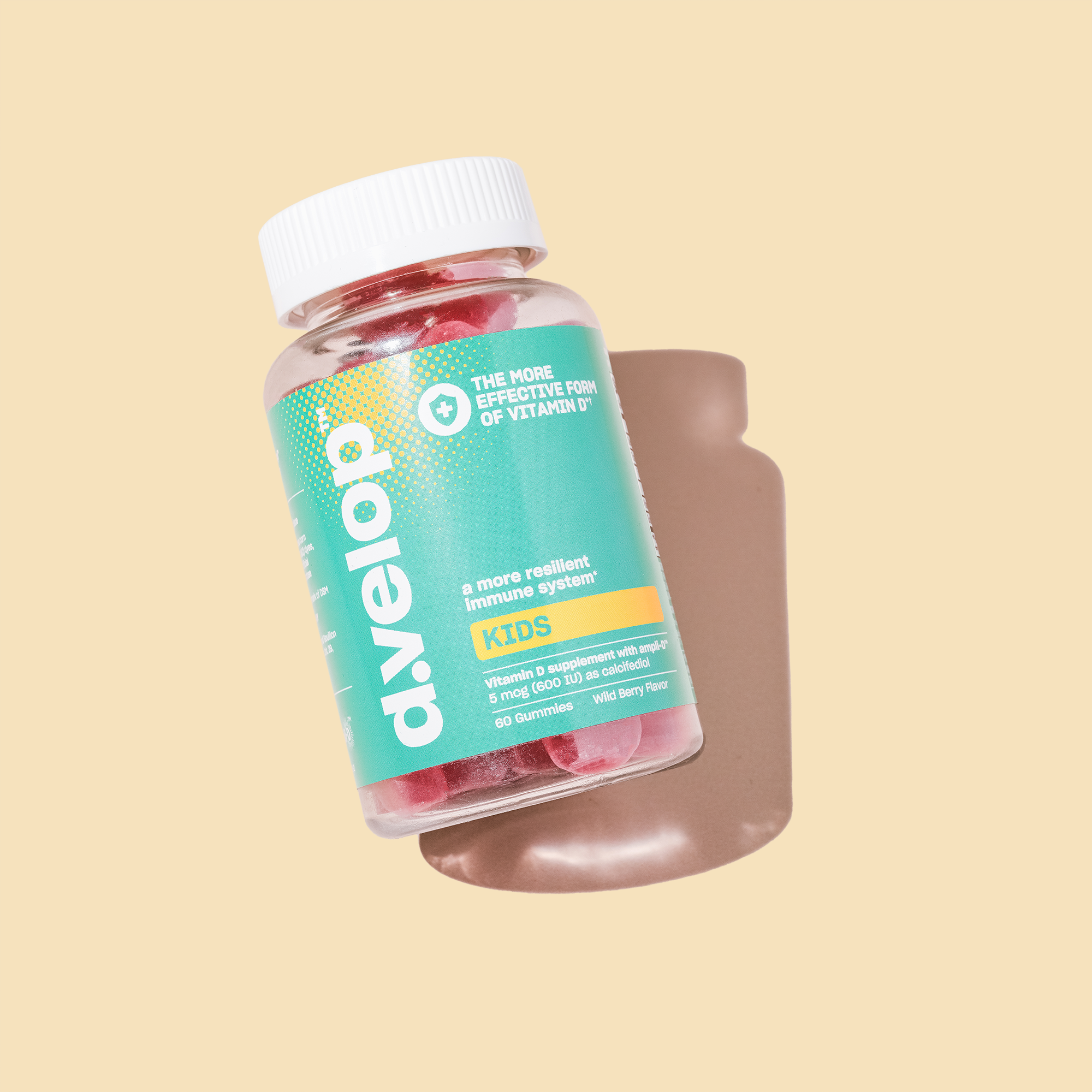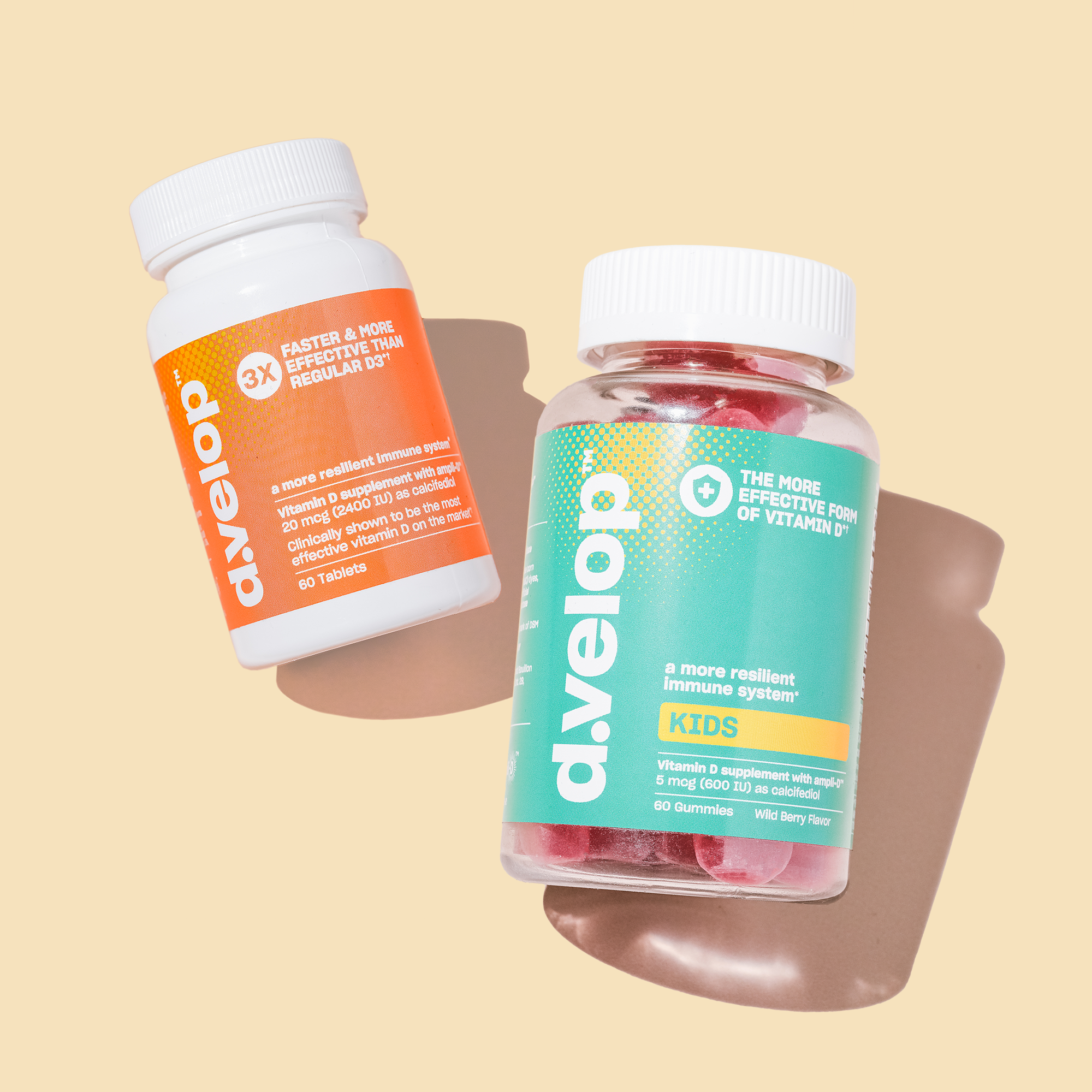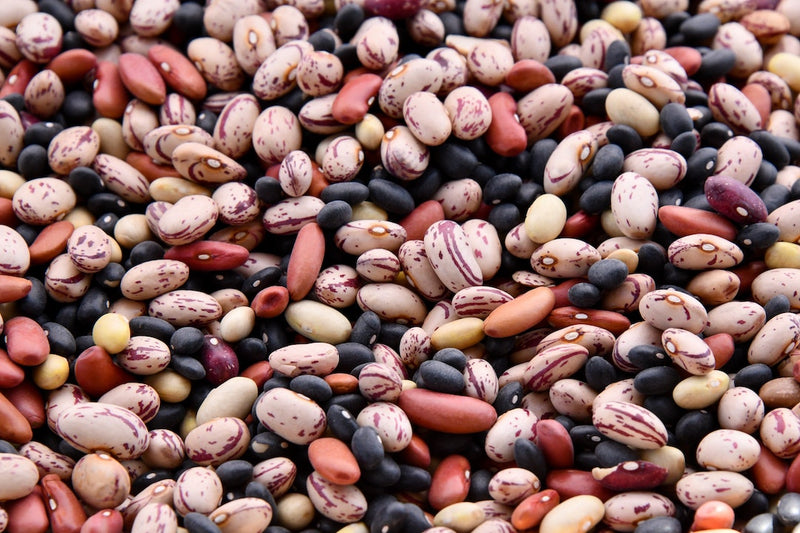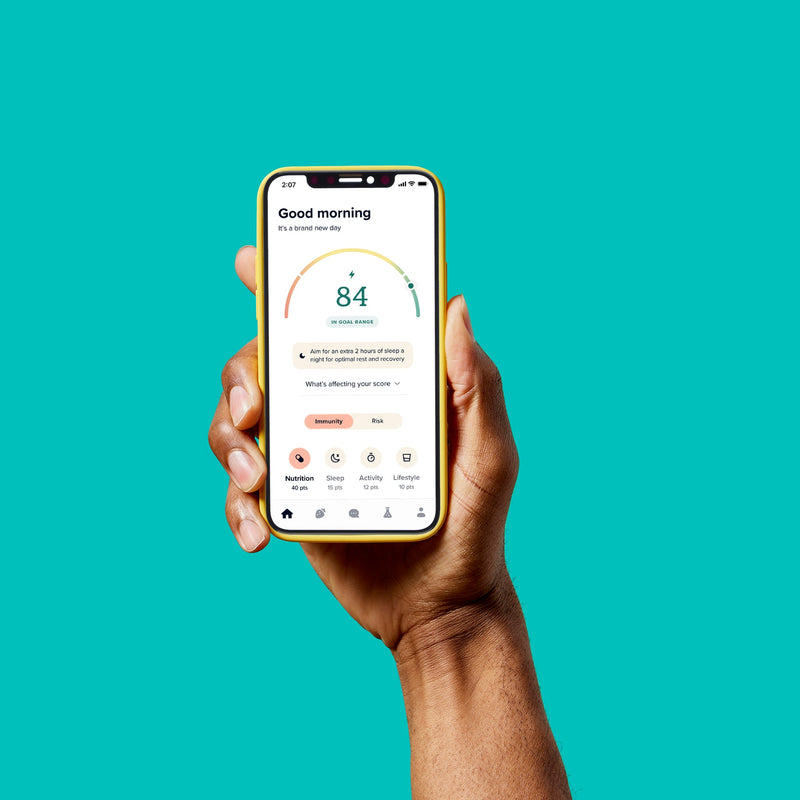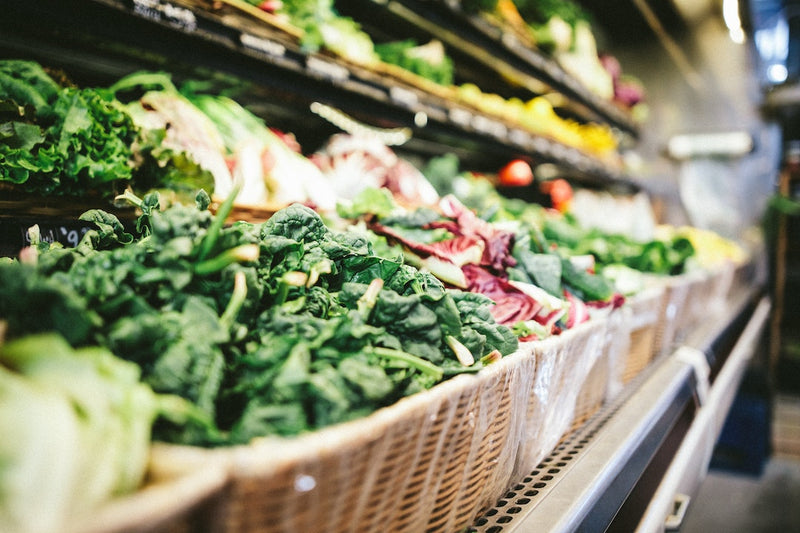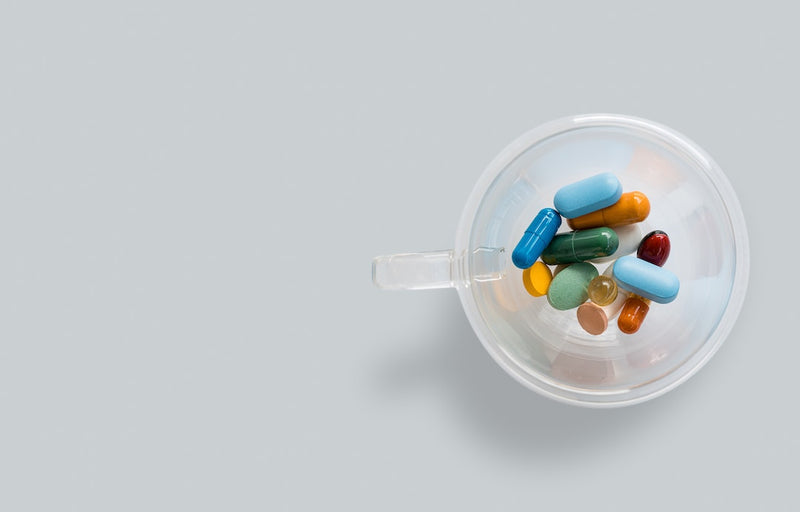Follow these simple tips from our d.velop™ Registered Dietitian coaches to help prevent food borne illness.
Keep surfaces clean
Did you know germs can cause food poisoning and survive in many places, such as counter tops or tables where food is served? Be sure to wipe down these surfaces with a food-safe anti-bacterial cleaner before and after any form of meal prep.
Keep food out of the “danger zone”
The danger zone is a temperature zone where bacteria that causes food borne illness grows quickly. This zone is between the temperatures of 40°F and 140°F. A good rule to remember is to keep hot foods hot and cold foods cold. Refrigerate or freeze foods that can spoil within 2 hours (1 hour if it’s hotter than 90°F.) Make sure your refrigerator temp is set at or below 40°F and the freezer at or below 0°F. No fridge at work? Try packing your lunch in an insulated cooler bag and throw in some ice packs to keep your lunch and snacks cold. Another great idea is to use a frozen water bottle or two as ice packs – by the time you are ready to eat lunch, you will have a refreshing drink ready for you to stay hydrated!
Cook food thoroughly
Always use a food thermometer to ensure all foods have been cooked to a safe internal temperature. Here is a list of common temperatures to refer to – make sure your goal temperature holds for at least 15 seconds.
- 145°F for whole cuts of beef, pork, veal, and lamb
- 145°F for fish or until the flesh is opaque in appearance
- 160°F for ground meats, such as beef and pork
- 165°F for all poultry, including ground chicken, turkey, leftovers, and casseroles
Store and heat up leftovers right away
Leftovers are a delicious and easy way to get a second or even third meal out of your meal prep. It’s important to not let your leftovers go to waste – make sure you consume them within three to four days of when they were cooked. Keeping containers labeled/dated in the office fridge will be helpful in reducing everyone’s risk of contracting food borne illness and keeping that fridge clean!
Have more questions? Chat with a Registered Dietitian!
Author:
Amy Hoover, MS, RDN, LDN
Resources:
Food Safety. Cdc.gov. Published March 4, 2021. Accessed July 16, 2021. https://www.cdc.gov/foodsafety/index.html
